Recommendation: Begin with the Moscow Metro for fast city-wide hops. A single ride is affordable, and passes offer flexible use across buses and trams. The mobile app shows routes, tracks, and live arrivals, helping travelers plan by hour and minimize waiting. This setup made it easy to start exploring the city from your first hour on the ground.
Rule of thumb for first-time visitors: download the official transit app, check line statuses, and aim for direct routes to key hubs. If you’re visiting an exhibition or a major venue, the network offers fast connections to citys districts around the Expocentre, VDNKh, and central venues. The hour-by-hour view helps you dodge crowds, while fixed routes reduce detours and keep traffic pressure manageable.
Beyond the metro: buses, trams, and bike The integrated system offers buses and trams that supplement metro coverage. In many citys districts you can pick up a bike from a docking station, letting you balance a long ride with brief stops. A single card can be used for transfers, paid on the go, and loaded with additional days if you plan a longer stay. Keeping an eye on the tracks and traffic helps you build smooth routes across citys neighborhoods and districts, far from congestion.
Practical tips for tourists and travelers Wear comfortable shoes; daylight hours influence your options, and you may want to switch between modes to cut travel time. For late hours or a flexible pace, the mobile apps provide real-time updates, so you can adjust without losing momentum. You’ll hear the city’s music in public spaces, and your planning will feel natural after mastering the system. The more you explore, the more you’ll view different routes, ensuring you get the most from your time as tourists و travelers.
Frequently Asked Questions
Where can I buy tickets and how does the fare work?
Buy a fare at metro-ticket machines or staffed booths inside stations. For a quick trip, choose a single ticket; for multiple trips, consider a day pass. Each machine shows the current price; then you pay by card or cash and validate on entry. Most trips between nearby stops take just a few minutes. The price updates frequently on the displays. Tickets are provided for use on metro, buses, and trams within the same citys network. If you travel with others, each person needs a ticket. Check zones according to where you travel, and plan ahead using the maps.
How can I read arrival times and use maps during travel?
At each station, arrival displays show the next trains and buses. They update frequently; next trains arrive in minutes. The information is provided in several languages. For planning, use station maps or the official app; the maps show transfer points and facilities such as restrooms and info desks. If you dont understand a sign, follow color lines and icons–staff can help during working hours. These details support your understanding of the system.
Which languages are used on signs and by staff?
In moscow, signs provide information in Russian and English, with some stations offering additional languages. Staff and information desks help during working hours. If you dont read Cyrillic, rely on the colors and icons on signs and on the maps provided in multiple languages.
Can I transfer between metro, buses, and trams with a single fare?
A single ticket covers one ride on a specific vehicle. For multiple transfers within a short period, check if a transfer option exists in your fare type; some passes allow cross-mode travel. In moscows network, transfers between modes are possible with a suitable pass. If you plan a longer loop, a day pass or travel card gives flexibility across modes within the citys network; details appear at the machines and on the official site.
What should I do if I dont speak Russian?
Rely on English signage, maps, and universal icons. Use the citys transit app or maps to navigate; arrival boards often display in several languages. If you need help, visit a staffed booth during working hours or ask a passerby for a nearby metro stop and how to buy a fare. Always have a card or cash ready; not all machines accept every payment method, so dont hesitate to ask for help.
Where to buy and top up a Troika card
First, buy a Troika card at any metro ticket office or from a self-service Troika vending machine, then top up using the mobile app for fast entry. Life in Moscow transport becomes smoother when you can ride buses, trams, and the metro with a single card, particularly for travelers who move between neighborhoods.
Where to buy: At metro stations you’ll find ticket offices and self-service Troika machines; large transport hubs also stock them, as do some railway stations and major bus terminals. Look for a blue Troika sign near the main deck and entry areas, which helps you reach any part of the city without waiting in line.
Top up options: Use the Troika app to add funds with a bank card or enable auto top-ups. In a station, Troika machines accept cash or cards and provide English prompts. You can also top up online at troika.mos.ru, or at ticket offices with cash. Wi-fi is provided in many stations, so you can manage top ups on the go if needed.
International travelers will appreciate English support in the app and website. If you lose your card, request a replacement at a ticket office at a large station; staff can transfer the balance to a new Troika and you can continue your trips with minimal interruption. In areas around Andropov and Bolshaya streets you’ll find Troika desks clearly marked for assistance at a large station.
Tips for use: remember the basic rule–tap on entry to start a trip; you do not tap off at exit. The card is valid on the transport equipment across the network, including buses, the metro deck, and trams. It covers many trips and helps you stay mobile during your stay, which is especially helpful for travelers with time constraints or a tight schedule. Sometimes you’ll need to top up between rides, but the process is quick and designed to keep you moving.
How to travel using the Metro, Buses, Trams, Trolleybuses and MCC
Use the Metro for the fastest city travel; pair with MCC for cross-town ring routes.
Metro: Entering the system requires a paid ticket or pass. Only touch the reader at entry; keep your ticket until exit. You can buy a single-ride ticket, load a Troika card, or use a mobile pass. The amount you need depends on the option chosen. English signs help peoples navigate to the correct lines, and several stations near gorky park offer quick access with minimal transfers. At some transfer points, an andriyaka store near the exit sells water and snacks.
Lines and transfers: The metro map shows many lines that connect key districts. The ring line, known as the MCC, forms a circular route that links major hubs without retracing steps.
Stations and flow: Move with the crowd calmly, using protective barriers where present and following posted directions. This approach keeps entry and exit orderly during peak times.
Other transport options: Buses, Trams, and Trolleybuses fill gaps the Metro does not cover. Entry happens at the vehicle doors with a paid fare; you can use the same payment method across modes. Intervals vary by route and time of day, ranging from ~6 to ~15 minutes on most lines; some limited-stop buses move faster during peak stretches. Always check the route number and line on the front of the vehicle and on station boards.
MCC: The ring around Moscow, the MCC, supplements the Metro by offering quick ring-to-ring connections and interchange points with many lines. Enter via MCC hubs and pay once; this ticket works across transfers. Typical intervals are 6-9 minutes during daytime; this service operates alongside the regular Metro network for a faster cross-city option. For longer cross-town trips, this approach saves time and reduces crowding in central stations and improves overall travel planning.
| Mode | Typical intervals (min) | Entry and tickets | Notes |
|---|---|---|---|
| Metro | 2-3 (peak); 4-6 (off-peak) | Paid ticket or Troika; entry and exit | Most routes; gorky area accessible |
| Buses | 6-15 | Paid fare; validators at entry | Reach neighborhoods not served by Metro; watch for traffic |
| Trams | 5-12 | Paid fare; some routes require card | Historic city routes; useful in central districts |
| Trolleybuses | 6-12 | Paid fare; check stops | Quiet ride; overhead power lines |
| MCC | 6-9 | Unified fare; entry at MCC hubs | Ring line; fast cross-town trips |
What are the fare rules, transfers, and validation steps
I recommend getting a Troika card and using it for all rides; it keeps you moving through Moscow city stops and avoids fumbling with cash during busy days. Currently, you can top up online or at metro kiosks, and mosgortrans operates across the network. If youre exploring the city this year, this approach offers a great balance of simplicity and speed.
Fare rules are simple: load value onto the Troika card and ride any metro, bus, tram, or trolleybus with a single tap. The transfer window lasts 90 minutes from the first tap, and typically you can switch lines or modes without paying again. The system is designed for constant use among travelers, which is especially convenient for longer stays.
Transfers: Within 90 minutes, you can transfer between mosgortrans services; after the window ends, a new fare applies. You can chain multiple hops, but track the time. Look for the green validator and mosgortrans signs at each stop to confirm a successful transfer.
Validation steps: On Metro, tap at the turnstile reader; on buses and trams, tap the validator near the doorway. If you use a contactless bank card, ensure it’s accepted by the system; most Russian validators respond with a beep and a green light. Keep your Troika card handy during exploring, and staff can assist if you get stuck.
Practical tips for travelers: During busy periods, plan for occasional delays and use google for real-time updates. The network is incredible for exploring the city, especially near major stops and attraction areas. If youre new to the state capital, carry a map and note the major stops; punctuality in services helps you keep to a great schedule. A shift from cash to cards streamlined the process for travelers from afghanistan or other states. Mosgortrans provides English signs and helpful staff, making transfers simple and predictable as you explore.
How to plan routes in real time with apps and screens
Use the mosgortrans real-time planner in the official app and check the central displays at stops to pick routes that save time and fit your day.
Moscow’s transit network handles about a million rides daily, so real-time data helps you stay on track and avoid delays.
- Open the mosgortrans app, set your starting point and destination, choose real-time routing, and enable alerts for delays, changes, or replacement services; the navigation helps you pick a path and the app offers helpful tips.
- Compare modes (metro, trolleybuses, buses) and pick the fastest combo; if a line shows a replacement service, the app suggests the best transfer points along the route.
- Read the displays at your stop and along the route; they show next departures, ETA, platform numbers, where to catch your ride, and transfer instructions; data is made available through a cable feed and reliable wireless links.
- Plan transfers at central hubs (by bolshoy district) to minimize walking; the route card outlines tracks and platforms you’ll use, making the move smooth for a person with a busy schedule.
- Search for places like glazunov and other landmarks; for special visits or if youre coordinating an international trip, you can enter afghanistan as an origin or destination and still get practical routes.
- Pay with your bank card or mobile wallet; the route card shows fare details, transfer times, and connections so you know how long a ride will take.
- Save favorite routes, enable life-friendly reminders, and check more details before you head out; youre set for smooth movement around Moscow’s network.
What to know about accessibility, luggage, and doors on crowded trains
Stand aside and let exiting passengers leave first when doors open. Look for a less crowded car and position yourself so the average flow stays smooth. Keep belongings close to your body to avoid blocking the aisle, and plan to board before the largest crowds arrive. If you travel with belongings, carry only a small bag in front of you and store larger items near your feet or in the lower racks. Before boarding, ensure your ticket is valid and ready to show at the cashier window, and note the details you may need for the ride.
Accessibility: Look for stations with elevator access and tactile guidance. If you need assistance, visit the office or ask the cashier for help; english staff who speak clearly can guide you to the correct platform. For airport connections or terminal transfers, arrange support in advance by calling the station desk or the local office. This planning makes moving against crowds easier and helps you reach the platform without stress.
Luggage handling: When traveling with large belongings, keep them in front of you or on the floor in a safe area and avoid blocking the doorway that other riders use. Use much smaller bags if possible, and plan to switch cars if the current one is too crowded, especially at peak times. The average rider will appreciate clear aisles, so try to store belongings under seats or on lower racks rather than along the door. For airport and terminal transfers, be prepared for longer lines and space constraints; before you board, check that your platform assignment is correct and be sure the largest item you carry fits through the gate. If you notice a misprint like tropinin on a ticket, be sure to report it to the cashier for correction.
Door etiquette: Do not block doors with belongings or lean on the closing mechanism. Only keep belongings you truly need within arm’s reach to minimize clutter. Step back as the train arrives, allow the outbound flow to pass, then move into the car. If the car is too crowded, wait for the next train or choose another door that opens farther from the crowd. Keep a firm grip on a handrail, and avoid sudden movements that push others. Then you can reach your seat or standing area with less stress.
Practical planning: use ride-sharing for the first or last mile, especially when connecting from an airport terminal. Check the timetable each year and adjust plans for peak periods; local staff can provide directions and tips. If you need quick english help, call the station from the platform or the office; keep these contacts handy and store them with your valid ticket. This approach helps you stay calm and ensures you reach your destination smoothly.

 Getting Around Moscow – A Comprehensive Guide to Public Transport in the Russian Capital">
Getting Around Moscow – A Comprehensive Guide to Public Transport in the Russian Capital">

 Moscow’s Main Street – From Stalin’s Death to Devastating Violence">
Moscow’s Main Street – From Stalin’s Death to Devastating Violence">
 Civitatis Reviews, Contact Details, and Practical Information – A Traveler’s Guide">
Civitatis Reviews, Contact Details, and Practical Information – A Traveler’s Guide">
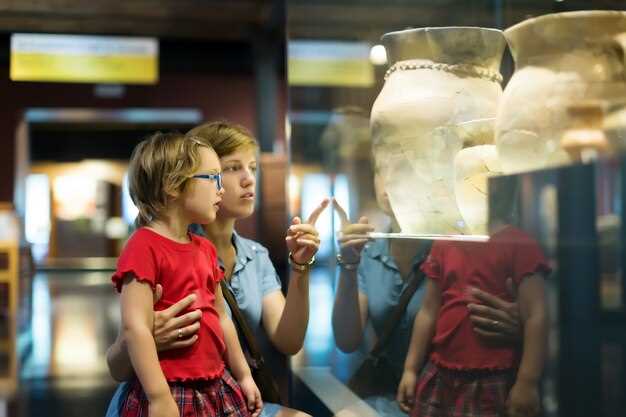 Great Patriotic War Museum – Guide to Exhibits and Visiting Tips">
Great Patriotic War Museum – Guide to Exhibits and Visiting Tips">
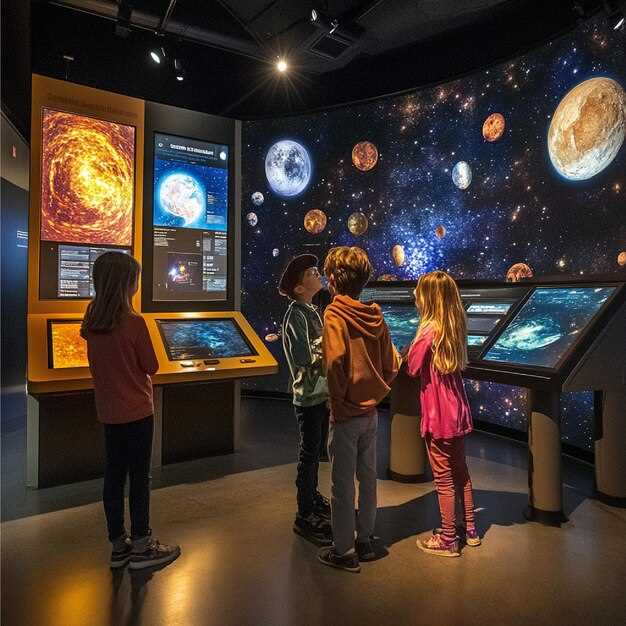 Cosmonautics Museum – Explore Space History, Exhibits, and Interactive Experiences">
Cosmonautics Museum – Explore Space History, Exhibits, and Interactive Experiences">
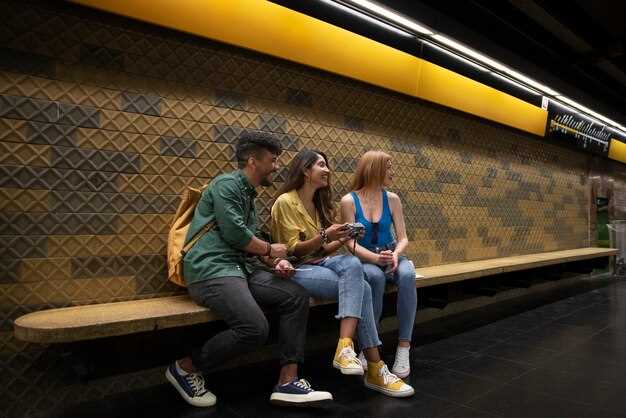 Moscow by Metro – The Essential Guide to Riding Moscow’s Subway">
Moscow by Metro – The Essential Guide to Riding Moscow’s Subway">
 Currency and Shopping – Practical Tips to Save Money Online">
Currency and Shopping – Practical Tips to Save Money Online">
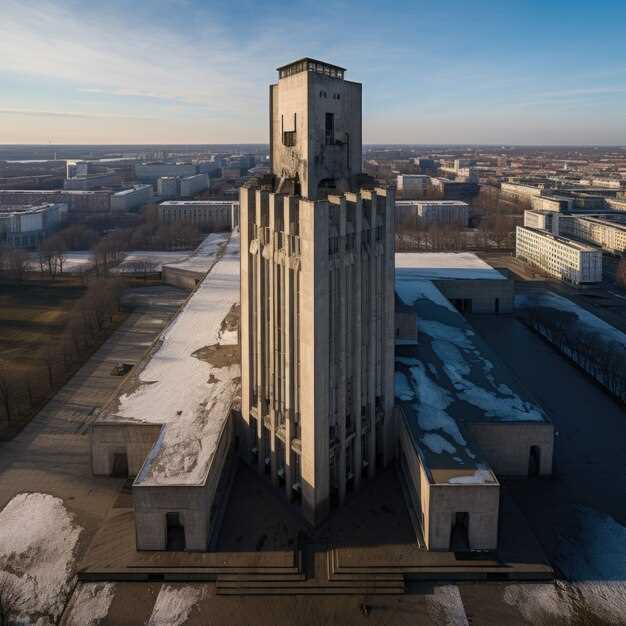 Bunker-42 on Taganka – Cold War Museum in Moscow">
Bunker-42 on Taganka – Cold War Museum in Moscow">
 Learn Russian – Essential Guide to Alphabet, Grammar, and Vocabulary">
Learn Russian – Essential Guide to Alphabet, Grammar, and Vocabulary">
 Tretyakov Gallery Ticket Prices and Opening Hours in 2025">
Tretyakov Gallery Ticket Prices and Opening Hours in 2025">
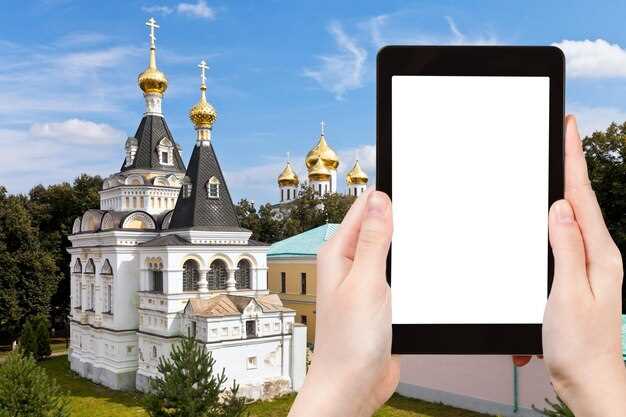 St. Petersburg Cathedrals – Tickets & Schedules | Visiting Guide">
St. Petersburg Cathedrals – Tickets & Schedules | Visiting Guide">